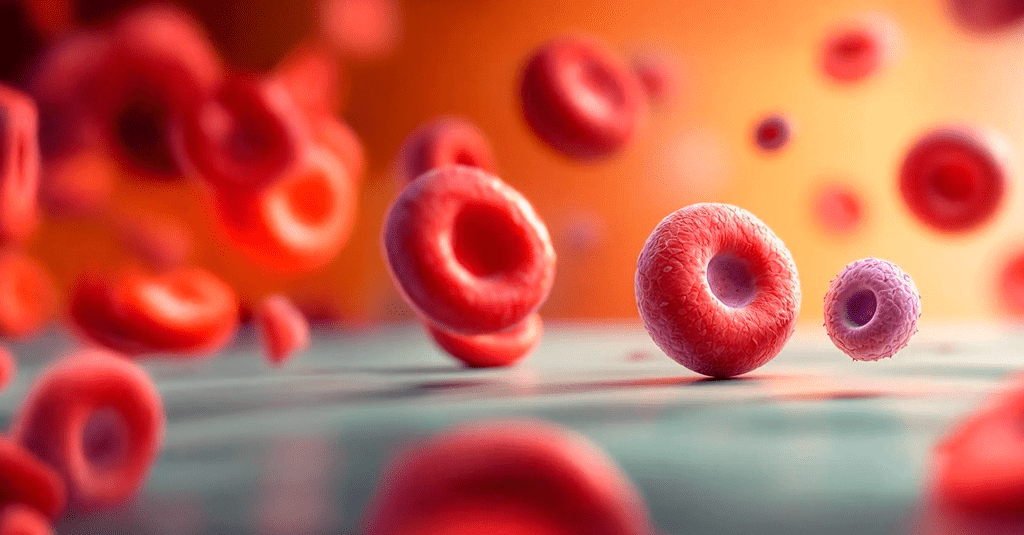The Online Meeting was conducted by Dr. Elen de Oliveira, a biomedical scientist from the Fluminense Federal University (UFF), specialist in Hematology, with a Master’s degree in Biological Chemistry and a PhD in Sciences from the Federal University of Rio de Janeiro (UFRJ). She serves at the Child and Adolescent Health Research Center of the Institute of Puericulture and Pediatrics, Federal University of Rio de Janeiro (UFRJ).
The session provided a technical update on flow cytometry, an essential methodology that is increasingly relevant in contemporary diagnostic hematology. Watch the recording and take advantage of this opportunity to enhance your knowledge, align with best practices in the field, and add value to your professional performance.
Questions & Answers
The following questions were not addressed during the Online Meeting.
In our lab routine here at UFRJ, we use the FACS CANTO II (8 colors) and the FACS Lyric (12 colors). For most panels, we work with 8 colors, but in specific cases—such as evaluating patients undergoing anti-CD19 therapies or T-ALL MRD—we use 12-color combinations.
Both B-ALL and T-ALL leukemic cells have the ability to infiltrate the central nervous system (CNS); however, this infiltration occurs more often in T-ALL than in B-ALL. The risk is indeed higher in ALL compared to acute myeloid leukemias. Overall, since the incidence of B-ALL is greater than that of T-ALL, we tend to see more patients with B-ALL presenting CNS infiltration. Nevertheless, when comparing the two, the frequency of CNS infiltration is proportionally higher among T-ALL patients, despite its lower incidence.
The choice of markers for CNS evaluation is based on combinations that provide the highest discriminatory power between normal and pathological cells, taking into account the leukemic lineage under investigation.







